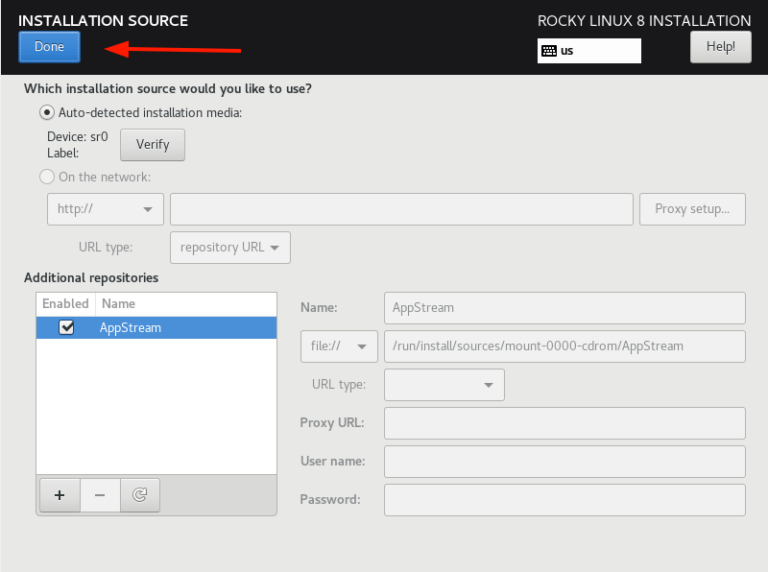

The KVM packages reside in the default Rocky Linux 9 repositories and can be installed using the command: sudo dnf install qemu-kvm libvirt virt-manager virt-install cat /proc/cpuinfo | egrep -color "vmx|svm"Īlternatively, you can use the command: $ lscpu | grep Virtualization If not enabled, you may be required to make the configuration in BIOS. These are Intel VT for Intel or AMD-V for AMD processors. You need to confirm if the required virtualization extensions are available. In this guide, we will take a walk through how to install and use KVM Virtualization on Rocky Linux 9. This makes it easy to run several deployments at once.

KVM offers a lot of features that include high performance, scalability, scheduling, and resource control, lower latency, live migration, memory management e.t.c Amongst the amazing feature is the ability to automate deployments on KVM using Ansible and other automation tools.

It avails the host resources including Memory, CPUs, and virtual devices to the virtual machine instances. It works by converting the Linux system into a Type1/bare-metal hypervisor. Kernel-based Virtual Machine abbreviated as KVM is an open-source hypervisor that allows your Linux system to host and run multiple isolated virtual environments. These include VMware Workstation and Oracle VirtualBox They have more latency as compared to Type 1 due to their hosted nature.

This brings the two major Hypervisor types: To facilitate virtualization, a hypervisor is used either on top of the operating system or directly installed on the hardware. Moreso, organizations are able to partition a single server into different Virtual Machines that interact independently By doing so, it helps create software-based or virtual versions of computer resources such as networks, storage, servers, and applications. It can be defined as dividing the computer resources logically. Virtualization is an old technology that still finds high use in this era of cloud computing.


 0 kommentar(er)
0 kommentar(er)
